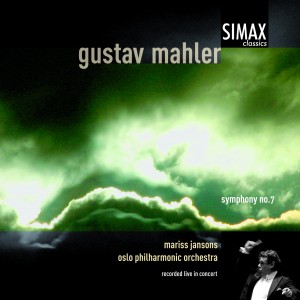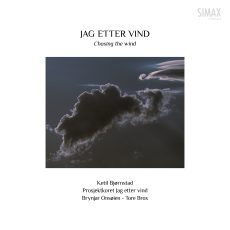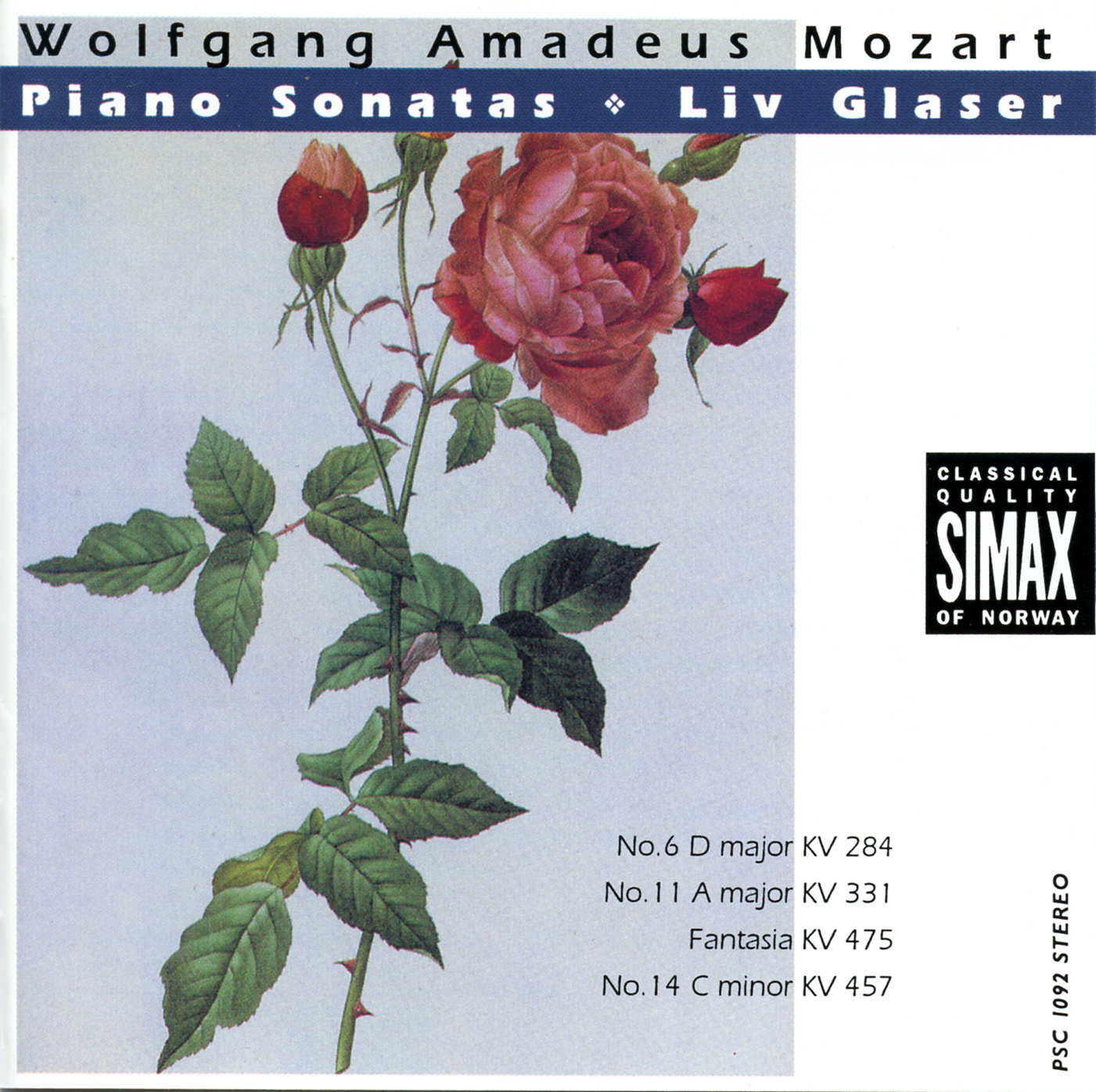The Mariss Jansons / Oslo Philharmonic Orchestra release of Mahler’s symphonies 1 & 9 earned them the Toblacher Prize as the best Mahler interpretation in 2003. Here is the seventh symphony – also recorded during two live performances.
The mystical no. 7
Of all Mahler’s symphonies, the Seventh has remained the most enigmatic. Its orchestral and structural mastery cannot be doubted; the delights of its materials and magnificence of design are obvious, yet its ultimate meaning – and its inner coherence – are not easy to understand. The orchestra is slightly smaller than Mahler had used for the Sixth Symphony, but he adds some unusual instruments, notably a tenor horn and cornet in the brass, and of course the mandolin and guitar for the second Serenade.
Ghosts in the night?
The Symphony’s central scherzo is in D minor and bears the unusual tempo-marking Schattenhaft (shadow-like). This is one of the most extraordinary movements in Mahler’s entire output: phantasmal and nightmarish music that evokes the fear and terror of the dark, of ghosts and death’s-heads and things that go bump in the night. Yet not entirely seriously: Mahler clearly enjoys sending shivers down his audience’s collective spine.
Mahler, Mariss and the Oslo Philharmonic
In the first couple of years of this century Jansons and the OPO did a number of concerts with Mahler symphonies, all planned to be released on CD. The love between this conductor and his musicians was so strikingly audible when performing Mahler. The powerful instincts in Jansons’ music making really hits the nerve of this music, and the result is truly sensational.


















